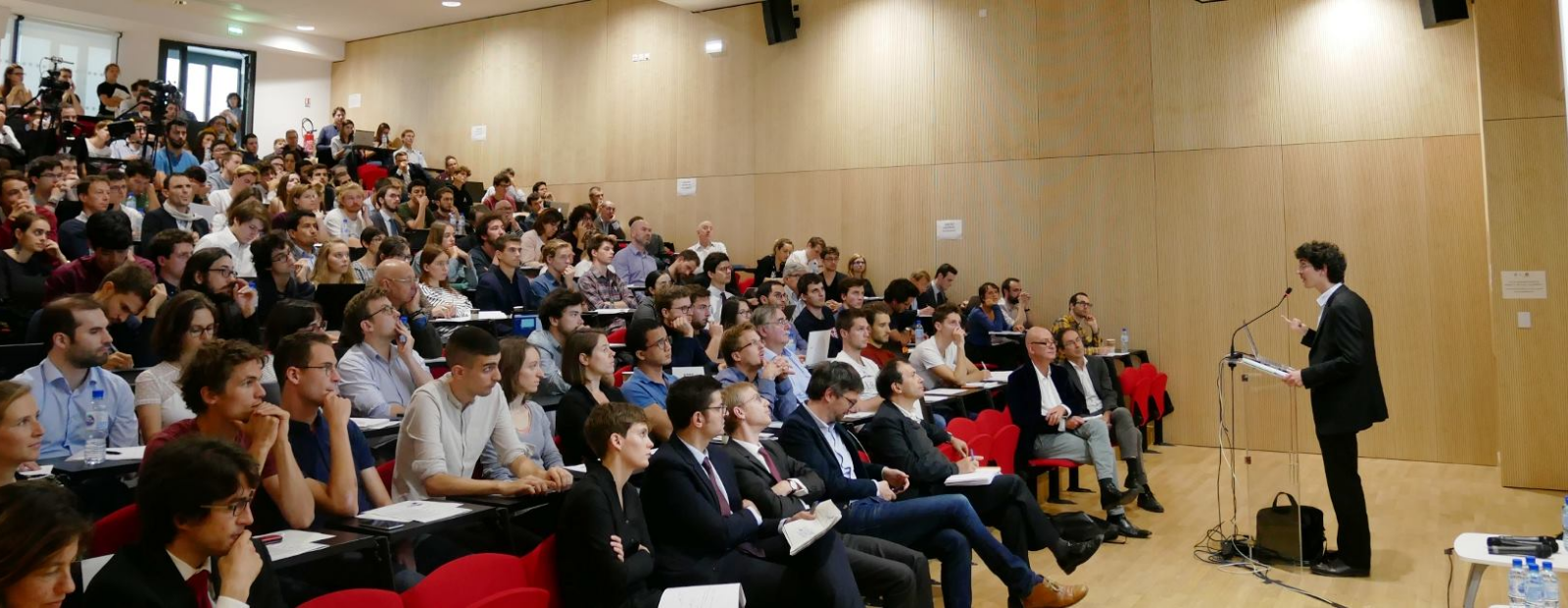Publié en

Nicolas Astier
Professeur à PSE et porteur de la Chaire Soutenabilité de la mobilité longue distance
- Ingénieur des Ponts, des Eaux et des Forêts
- Ecole des Ponts – ParisTech
Groupes de recherche
- Chercheur associé à la Chaire New Deal Urbain, à la Chaire Réussir la transition énergétique et à la Chaire Soutenabilité de la mobilité longue distance.
THÈMES DE RECHERCHE
- Economie des transports
- Réseaux intelligents, Villes intelligentes
- Transition énergétique
Contact
Adresse :48 Boulevard Jourdan,
75014 Paris, France
Campus :
Campus Jourdan
Étage : 4
Bureau : 13
Déclaration d’intérêt
VOIR LA DÉCLARATION D’INTÉRÊT
Publications HAL
-
Is broader trading welfare improving for emission trading systems? Article dans une revueRevue : Journal of Environmental Economics and Management
-
French Market Design in Practice: Some Lessons from the 2022 Energy Crisis Pré-publication, Document de travail
Publié en
-
Is broader trading welfare improving for emission trading systems? Pré-publication, Document de travail
Publié en
-
-
Dynamic (Mis)allocation of Investments in Solar Energy Pré-publication, Document de travail
Publié en
-
Do retail businesses have efficient incentives to invest in public charging stations for electric vehicles? Article dans une revueRevue : Energy Economics
Publié en
-
Can Distributed Intermittent Renewable Generation Reduce Future Grid Investments? Evidence from France Article dans une revueRevue : Journal of the European Economic Association
Publié en
-
Reliability standards and generation adequacy assessments for interconnected electricity systems Article dans une revueRevue : Energy Policy
Publié en
